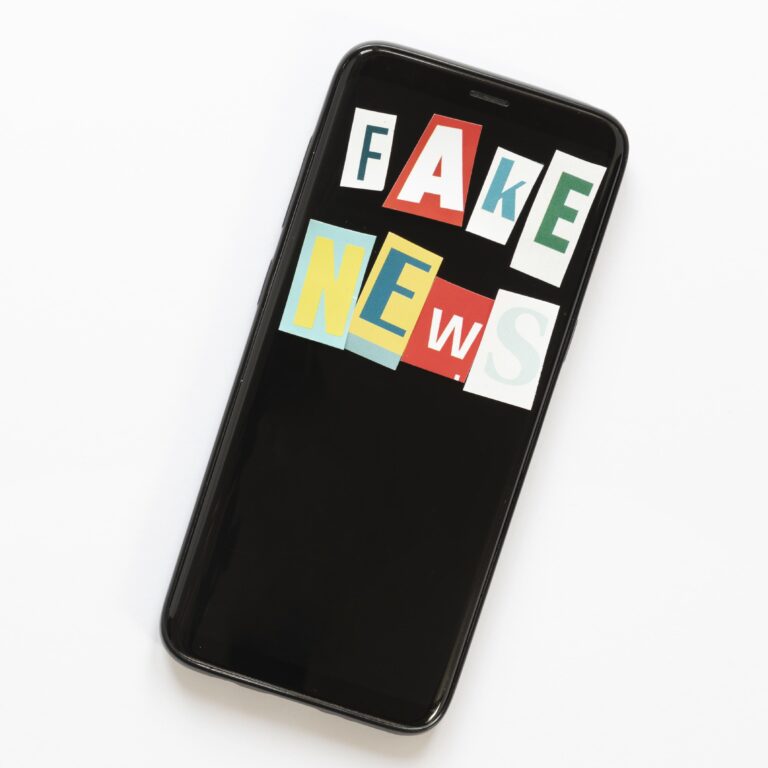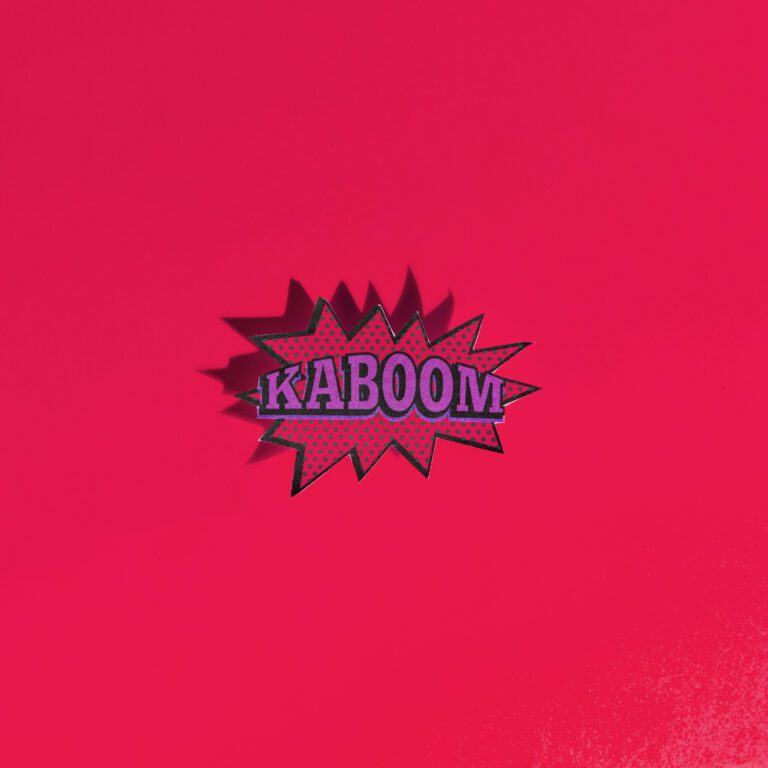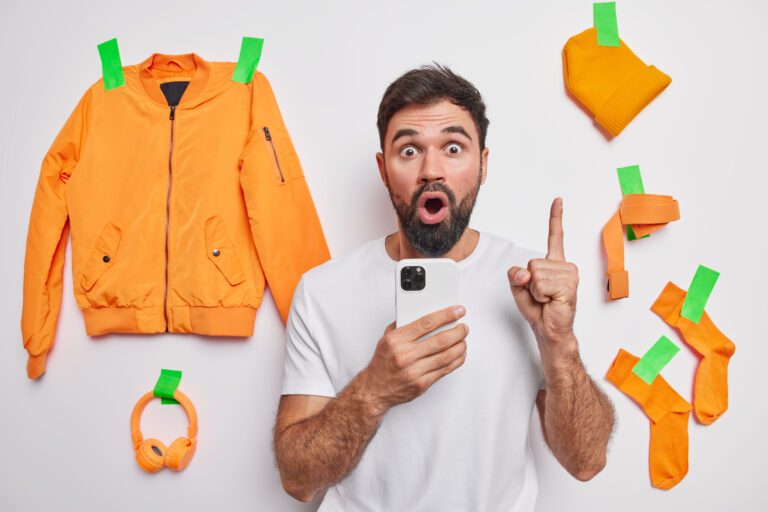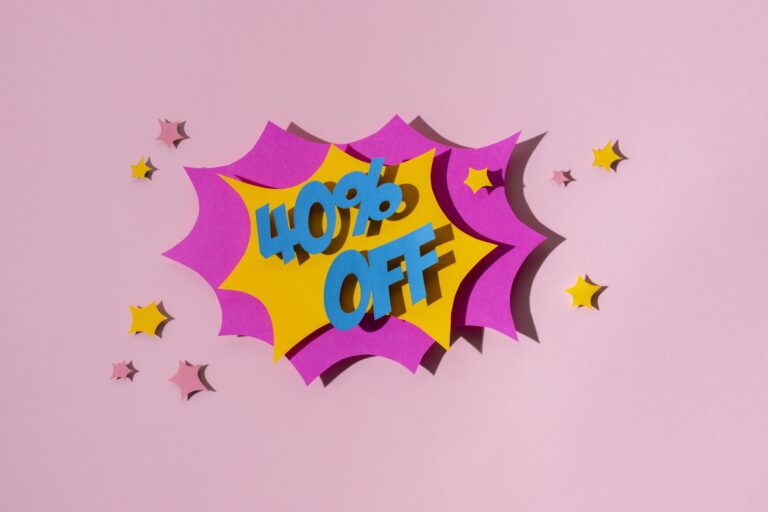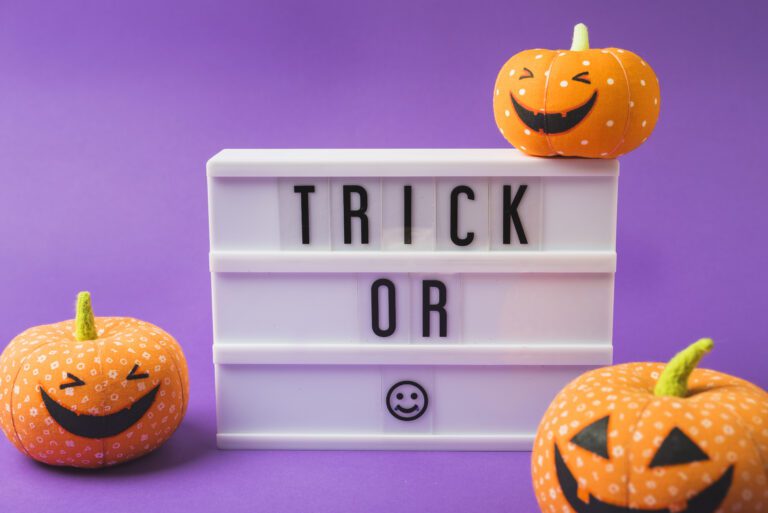5 Best Popup Teasers (With Real Examples)

I hope you enjoy this blog post. If you want Hello Bar to grow your leads, click here.
Author:
Mansi
Published
November 4, 2025

Table of Contents
Popups aren’t just about what shows up after a click. The real game starts before that—with the teaser. The small, subtle element people see first. It’s the part that decides whether someone clicks or scrolls past.
So today, we’re breaking down the 5 best popup teasers we’ve seen businesses use effectively. Each one has a specific purpose and a clear outcome. We’ll look at how they work, what makes them effective, and how you can build something similar using Hello Bar.
1. The Free Gift Teaser

Imagine visiting a store online and seeing a tiny message saying: “Your free gift is waiting.” That’s exactly how the Free Gift Teaser works.
A great example of this comes from Falby Shop, a Danish fitness retailer. They ran a teaser offering free products—like a shaker or t-shirt—based on how much a customer spent. The teaser looked simple, with a transparent background that blended nicely into the page, but it was hard to ignore.
When clicked, the teaser opened a slide-in popup with clear visuals and persuasive copy. The founder even used price anchoring (showing a price, then striking it through with “free”)—a trick more common in sales pages than popups. But it worked beautifully here.
Why this works:
- It grabs attention instantly because everyone loves something free.
- It builds anticipation before revealing the actual offer.
- It ties the gift directly to purchase behavior, so it drives sales, not just clicks.
The smart part? The teaser wasn’t just for decoration—it was part of a larger funnel. After the first popup, a follow-up could trigger when customers reached certain cart values, reminding them of the reward. That small connection between teaser and shopping intent is what makes this one of the best popup teasers.
2. The Quiz Teaser
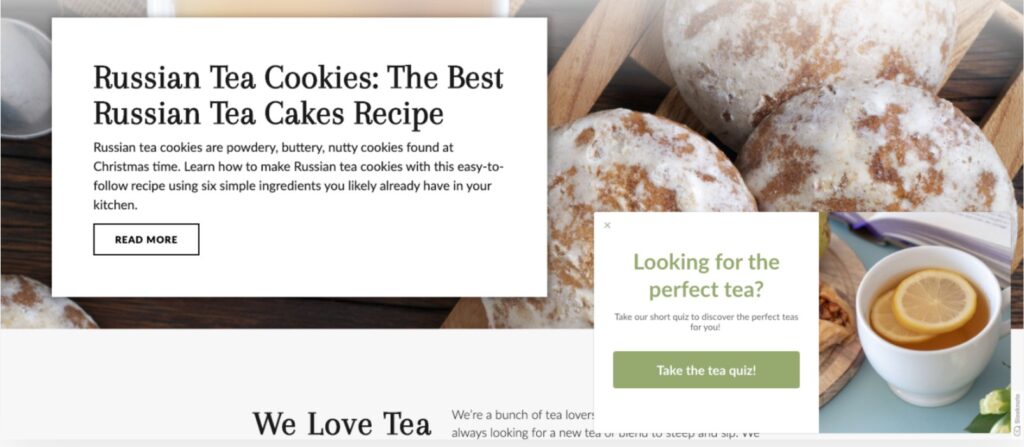
Not all teasers need to scream for attention. Sometimes, a simple question does the job better.
Take the example from SenCha Tea Bar, a tea brand that used a minimalist teaser asking, “Looking for the perfect tea?”
That’s it. No animation. No bright colors. Just one smart question that spoke directly to visitors. When clicked, the teaser opened a quiz asking users about their tea preferences. After answering, they received a personalized tea recommendation—and a 15% discount on it.
That one teaser and quiz combo generated over 48,000 leads and $10,000 in sales in under a year.
Why this works:
- It feels conversational.
- It helps users make a decision while collecting valuable data.
- It doesn’t feel like a popup—it feels like help.
If you’re using Hello Bar, you could replicate this by linking your teaser to a short quiz or guide. People love feeling like they’re being helped, not sold to. That’s why this example easily earns its place among the best popup teasers—it’s simple, useful, and builds trust instantly.
3. The Service Pitch Teaser

Most people use popups to collect emails or give discounts. But what about promoting a service?
Growth Machine (a content marketing agency) was recently taken over by MBE Group and nailed this approach. Their teaser directly targeted a pain point: “Need more customers?”
When clicked, the popup didn’t just say “book a call.” Instead, it featured a real customer testimonial about how the agency helped another business grow through SEO. That story handled objections better than any headline could.
And it worked—this one campaign brought in nearly $50,000 in additional revenue.
Why this works:
- It speaks to a real business problem, not a generic “sign up now” pitch.
- It uses proof instead of promises.
- It’s short, honest, and value-driven.
If you run a service-based business, take notes. Your popup teaser doesn’t have to look fancy—it just has to show that you understand your audience’s pain and can fix it. That’s what makes this one of the best popup teasers used for service marketing.
4. The Product Update Teaser

Sometimes, teasers aren’t about discounts or leads—they’re about keeping your customers in the loop.
At Hello Bar, we’ve seen how well Product Update Teasers perform when done right. Let’s say you’re launching a new feature or improvement. You can create two versions of your teaser:
- One for existing users announcing the new update.
- Another for new visitors, inviting them to try the updated version.
This approach works because it respects where each user is in their journey. It doesn’t make everyone see the same thing—it’s targeted.
For example, when Hello Bar tested this strategy for a feature launch, one campaign targeted current users with a “See what’s new” message, while the other asked new visitors to “Try Hello Bar free.”
Why this works:
- It personalizes communication without being intrusive.
- It’s a subtle way to announce new releases.
- It turns updates into engagement moments.
That’s what makes it one of the best popup teasers—it builds awareness without selling, and that’s rare.
5. The Upsell Teaser

Now let’s talk about a teaser that sells without feeling pushy.
Hart & Holm, a Danish sunglasses brand, created a teaser that read: “Take extra care of your new glasses.” When clicked, the popup showed a few low-cost accessories like cleaning cloths and cases—all directly related to the main purchase.
Instead of showing bestsellers or random products, the teaser only featured complementary items. It was thoughtful, relevant, and didn’t feel like an ad.
Why this works:
- It doesn’t interrupt—it adds value to what’s already happening.
- It’s context-aware.
- It creates easy add-on sales that feel natural.
That’s what separates it from most popups. It’s subtle. It fits into the shopping flow. It’s one of the best popup teasers because it turns small, relevant nudges into measurable conversions.
Bonus Insight: Don’t Overthink the Design
Notice a pattern here? None of these teasers were flashy. Most had clean designs, short text, and zero gimmicks.
Because it’s not the design that makes a teaser good—it’s the relevance.
Whether it’s a free gift, a quiz, a testimonial, or a product update, the best teasers feel like part of the browsing experience. They help visitors, not distract them.
When built right, they feel natural enough to click on—and that’s the only metric that matters.
Practical Takeaways
Here’s how you can use these ideas right away with Hello Bar:
- Free Gift Teaser: Offer small, purchase-based rewards. Pair it with your cart page for higher conversion.
- Quiz Teaser: Build an interactive experience that gives value before asking for an email.
- Service Pitch Teaser: Highlight proof, not promises. Let customer stories do the talking.
- Product Update Teaser: Run different teasers for customers and non-customers to personalize engagement.
- Upsell Teaser: Use popups to show relevant add-ons that increase cart value naturally.
Each of these strategies proves that the best popup teasers aren’t about how they look—they’re about how well they understand timing and intent.
Also read our article on Lead Capture Popups: How to Create?
Conclusion
Most marketers obsess over popup forms. But the teaser is where the real decision happens. If that small preview doesn’t spark curiosity or interest, the rest doesn’t matter. Focus on making your teaser worth a click—that’s where conversions start.

